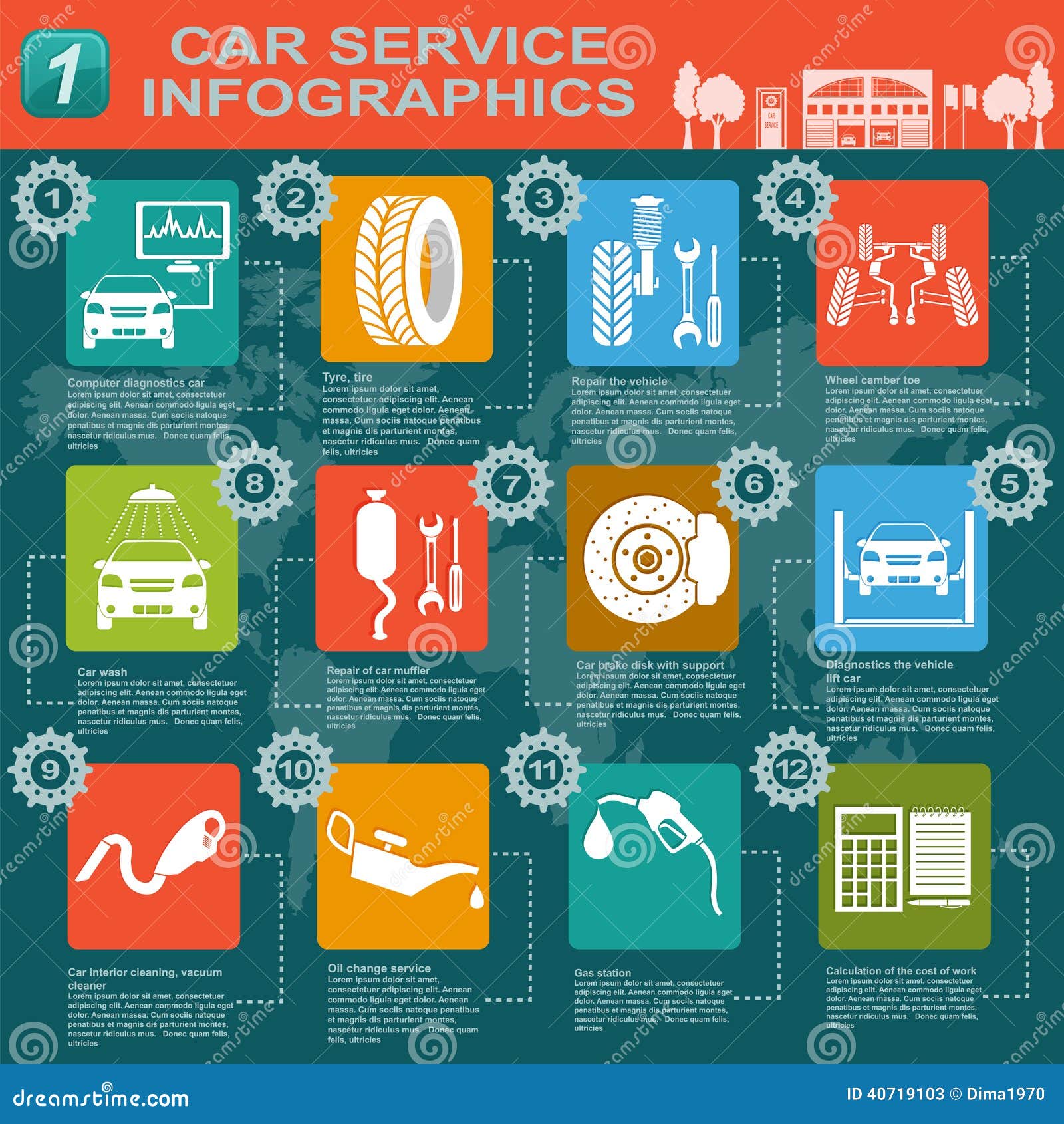Seeking Clearness On The Warning Lights Showed On Your Auto'S Dashboard? Discover Just How They Relate To Your Automobile'S Health And Safety
Seeking Clearness On The Warning Lights Showed On Your Auto'S Dashboard? Discover Just How They Relate To Your Automobile'S Health And Safety
Blog Article
Web Content Written By-Lim Gilbert
When you're behind the wheel, those radiant caution lights on your control panel can be a little bit bewildering. Do you know what they're attempting to inform you concerning your cars and truck's health and wellness? Understanding the relevance of these lights is crucial for your safety and the long life of your car. So, updated blog post of those lights pops up, wouldn't you wish to decode its message accurately and take the necessary steps to resolve it?
Common Warning Lighting and Interpretations
Determine typical caution lights in your car and understand their meanings to make certain risk-free driving.
One of the most typical warning lights include the check engine light, which signifies problems with the engine or exhausts system. If this light begins, it's important to have your lorry checked without delay.
The oil stress advising light suggests reduced oil pressure, requiring instant attention to avoid engine damage.
A flashing battery light could recommend a faulty charging system, potentially leaving you stranded if not dealt with.
car wash (TPMS) light alerts you to reduced tire pressure, impacting automobile stability and fuel effectiveness. Ignoring this can lead to dangerous driving conditions.
The abdominal muscle light suggests a problem with the anti-lock braking system, jeopardizing your capability to stop quickly in emergencies.
Lastly, the coolant temperature alerting light warns of engine getting too hot, which can lead to serious damages if not settled quickly.
Comprehending these common caution lights will help you deal with problems without delay and preserve secure driving conditions.
Relevance of Prompt Interest
Recognizing the typical caution lights in your vehicle is only the first step; the significance of without delay addressing these warnings can not be stressed enough to guarantee your security on the road.
When a warning light brightens on your dashboard, it's your vehicle's method of connecting a prospective problem that requires focus. Neglecting these warnings can cause more extreme problems down the road, compromising your safety and possibly costing you much more in repairs.
Trigger focus to cautioning lights can protect against breakdowns and accidents. For instance, a blinking check engine light could show a misfire that, if left unattended, could cause damages to the catalytic converter. Resolving this promptly can conserve you from a pricey repair service.
In a similar way, a brake system warning light could signal reduced brake fluid or worn brake pads, important components for your safety when driving.
Do It Yourself Troubleshooting Tips
If you discover a caution light on your dashboard, there are a few DIY fixing ideas you can try before looking for professional aid.
The initial step is to consult your cars and truck's guidebook to recognize what the particular caution light indicates. Often the issue can be as basic as a loosened gas cap setting off the check engine light. Tightening the gas cap might resolve the issue.
An additional typical concern is a reduced battery, which can set off numerous cautioning lights. Examining the battery links for rust and guaranteeing they're safe might fix the trouble.
If a warning light persists, you can attempt resetting it by separating the vehicle's battery for a few mins and afterwards reconnecting it. In addition, examining your car's fluid degrees, such as oil, coolant, and brake fluid, can assist troubleshoot advising lights related to these systems.
Final thought
Finally, understanding your cars and truck's warning lights is crucial for keeping your car running efficiently and safely. By quickly attending to these alerts and understanding what they indicate, you can prevent costly repair work and potential break downs.
Remember to consult your auto's guidebook for specific information on each warning light and take action accordingly to ensure a hassle-free driving experience.
Keep educated, stay risk-free when driving!
